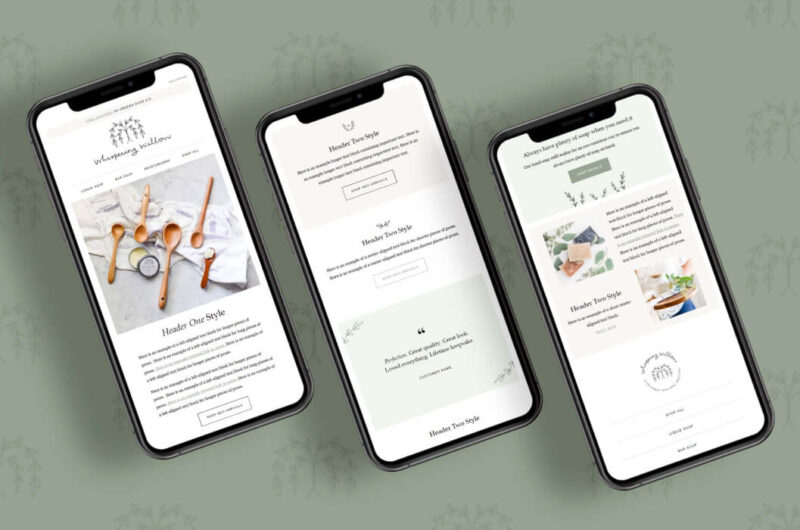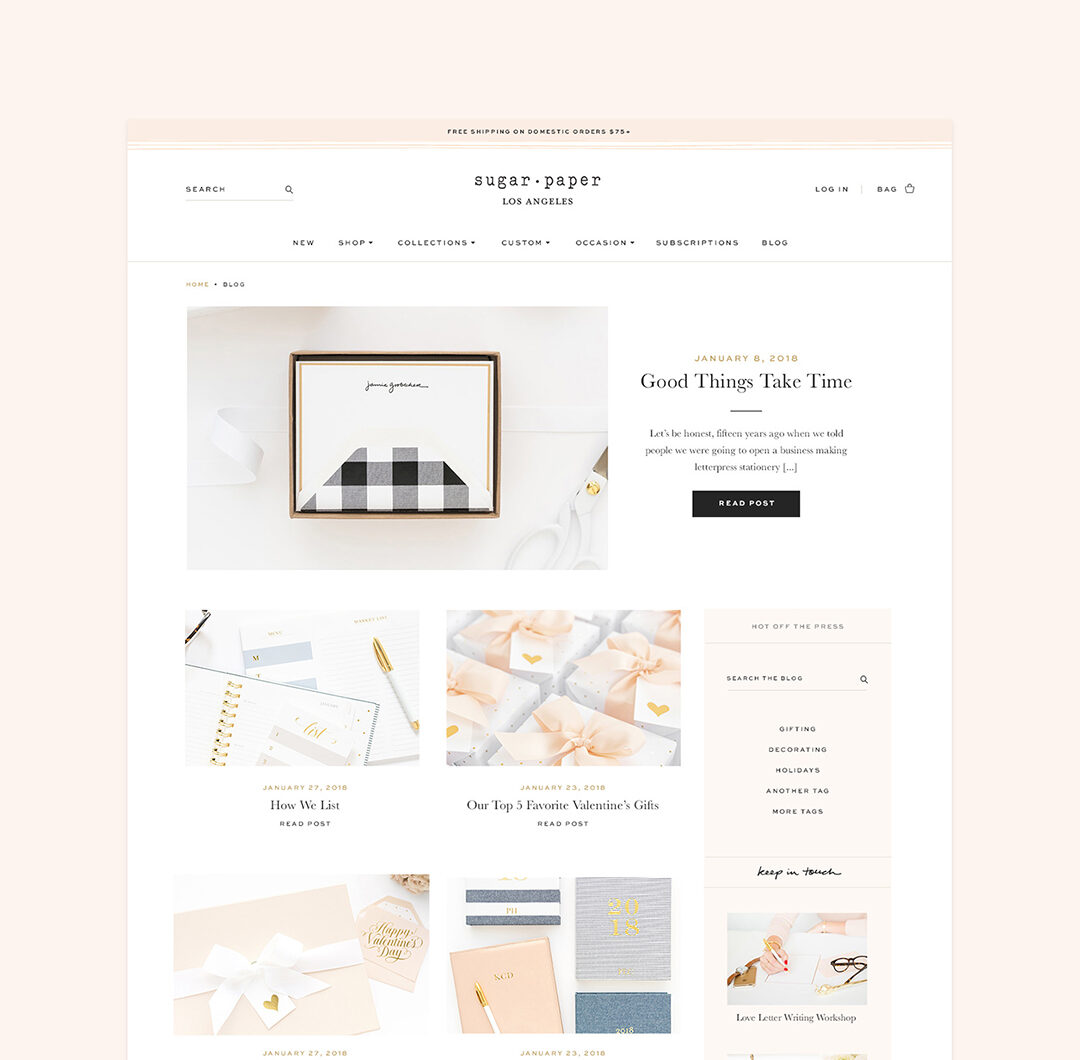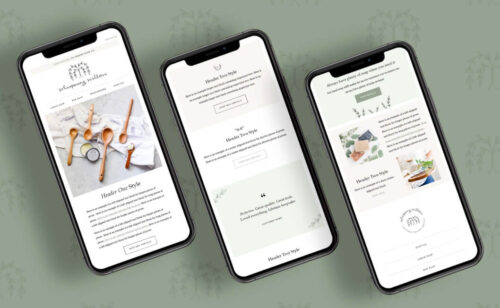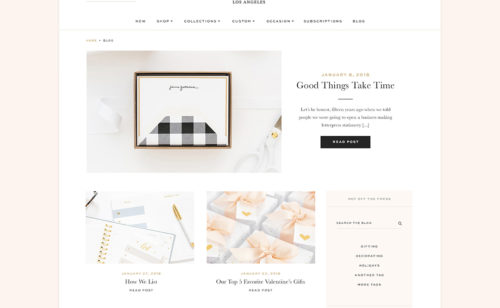
What are some of the very most important metrics and KPIs for ecommerce businesses? It’s a pretty broad question, and the reality is that every business is different. That means that the things that signal success for you might be different for someone else.
We do firmly believe there are a few metrics that are absolutely vital to be tracking for any ecommerce business. And on top of it, we’ve listed them all here for you in our blog.
1. Revenue Per Session (RPS)
We love using this metric because it consolidates visitors, conversion rate, average order value, and revenue into a single, high-level KPI. Don’t get me wrong, I’m not saying to ignore those metrics individually, but no marketing strategy wins without looking at the holistic data picture.
Revenue per session is going to give you a cut-and-dry look at how much each visitor to your site is worth, and how many more you need to get there to reach your goals. Of course, you’ll want to keep optimizing in a more granular way for each channel from there, but the beauty of RPS is that you don’t need to rely on figuring out attribution to make it actionable
How to Find It
Take your revenue and divide it by your total sessions and BAM, you’ve got your data. Over here at Aeolidia, we’re actually working on a super cool way to help you aggregate all of that, but more on that later.
For weekly tips like this, subscribe to our newsletter
"*" indicates required fields
2. Lifetime Value (LTV)
LTV is tricky because there’s a lot of data to consider, and there are a ton of different models you can use to calculate it. With that said, it’s incredibly important to have a solid idea of what your average LTV is and track it often.
There are a few things you should be doing with this data. Firstly, it can and should inform what a good acquisition cost is for each customer. Beyond that, segmenting your best customers will give you insight into who spends most, and which campaigns were most profitable.
How to Find It
Shopify has a killer article on starting to aggregate this data here, and if you don’t mind paying for an extra app, there is a pretty good variety of LTV apps that do the heavy lifting for you. Better Reports is our favorite.
3. Speaking of acquisition, let’s talk about Cost Per Acquisition (CPA)
CPA is all about how much it costs to get people to your site.
There are a few things we should keep in mind when we talk about our customer acquisition cost. Does it make sense to only calculate CPA for brand new customers? It might, if your retention strategies are vastly different from your acquisition strategies.
On the other hand, should you look from a high level (for example, maybe just the total spend for the month divided by total purchases or customers)? Maybe. If your repeat customers depend a lot on remarketing campaigns or paid initiatives on other marketing channels that also drive your new customers, you might want to go this route.
Analytics will give you a good idea about these metrics, but the best way to aggregate it, in our opinion, is to figure out which of the above applies best to you and get some reporting done around those figures.
The reality is that if you’re ignoring CPA, you might be burning a lot of money you don’t need to for customers who aren’t spending enough to justify it, or visitors who aren’t converting at all.
4. Bounce Rate
We see businesses looking only at their overall bounce rate without digging deeper to see which traffic sources are bringing the most engaged visitors and which landing pages might need a better user experience.
Bounce rate informs you how well your site is performing for your visitors in a lot of ways. Consider this use case. Your ads are performing GREAT, your emails have an awesome click-through rate, and in general, your customers seem to be engaged with your content and channels, but despite all of that your conversion rates are still pretty low.
Sometimes, great ads just don’t convert well, especially if people don’t realize what they’re clicking. More often than not, though, if your bounce rate is high in these scenarios it means your pages aren’t optimized to convert very well.
In these cases, it’s highly recommended you consider a site built from the ground up with conversion in mind or do some continuing conversion rate optimization (CRO) work.
How to Find It
This one’s easy! Bounce rate should show up in the page analytics by default in most Google Analytics dashboards. Give these data points a shot and see how they shape your reporting and strategy.
Want to talk to us more about ecommerce metrics and building a killer website? Contact us here!
Traffic or Tactics?
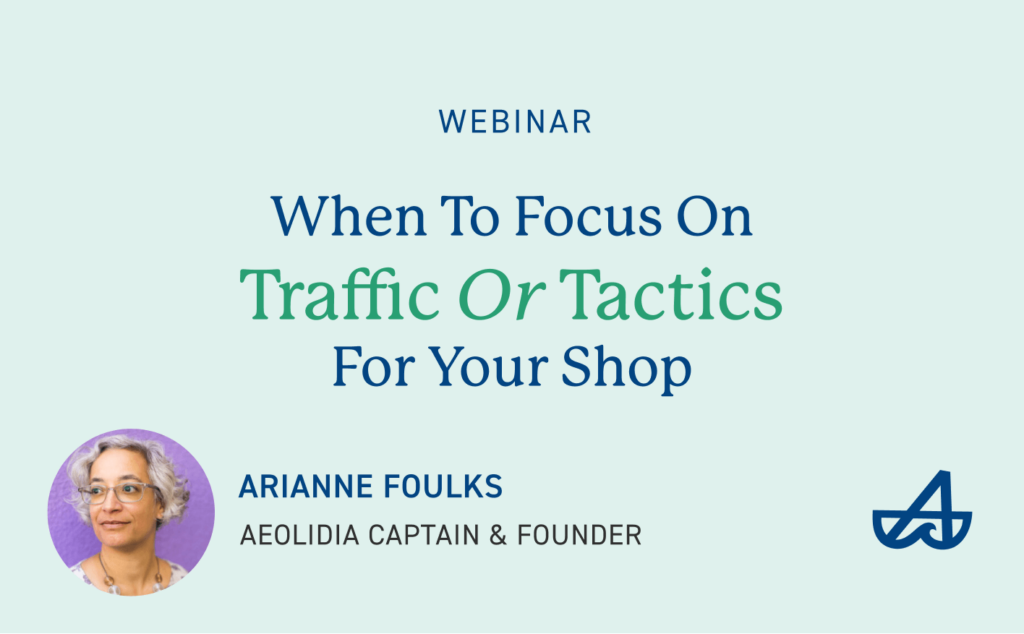
Diagnose your shop’s growth & sales needs and stop leaving money on the table.
Related Posts
Let's take your online shop to the next level
The Shopify websites we design have a reputation for substantial improvements to ecommerce conversion rates and online sales. Let's talk!

